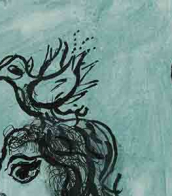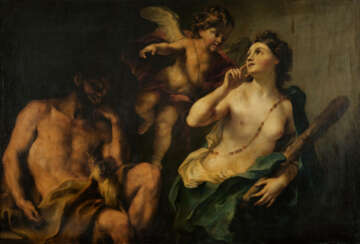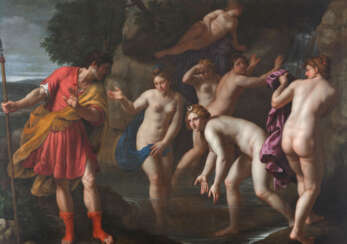мифологический лес
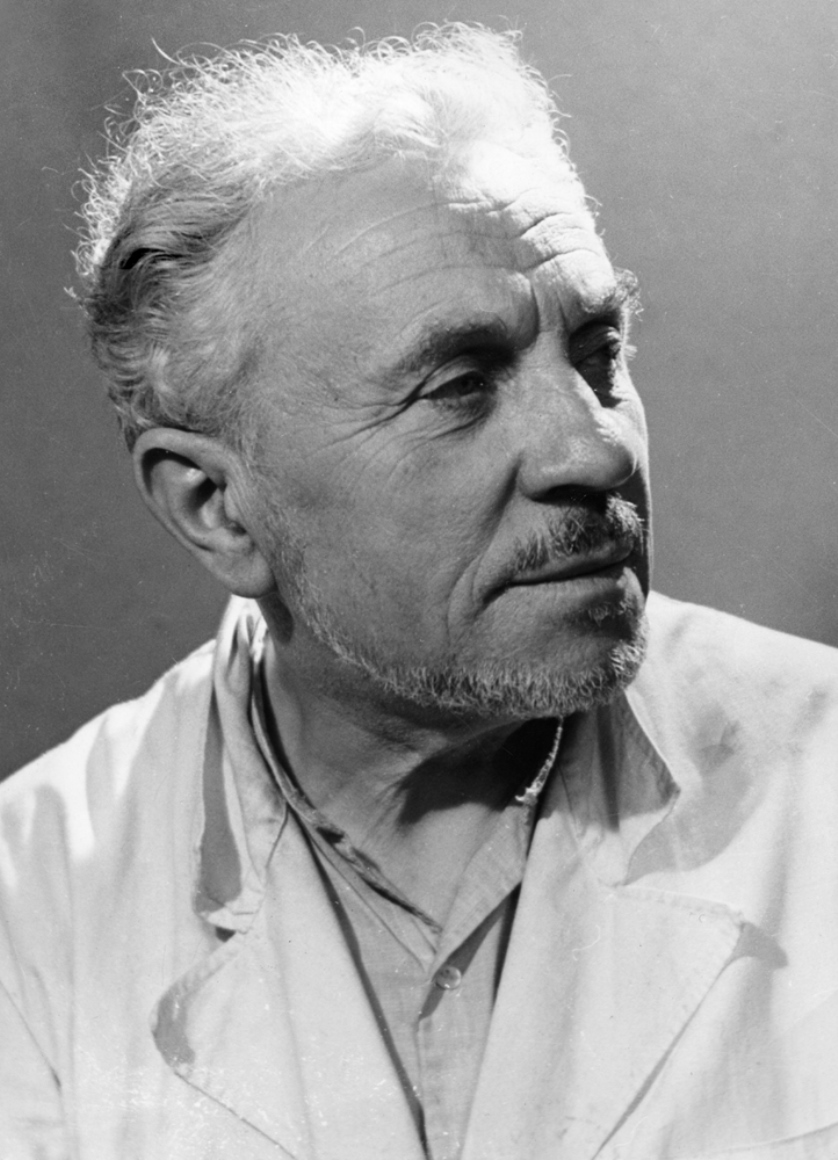
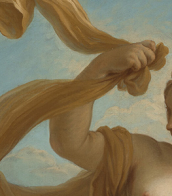

Alessandro Varotari, commonly known as Il Padovanino, was an influential Italian painter from the late-Mannerist and early-Baroque Venetian school. Born in Padua in 1588, Varotari's artistic journey was deeply influenced by his father, Dario Varotari the Elder, a local painter and architect. His works exhibit a profound influence of Titian, reflecting a faithful adherence to the style and spirit of the Renaissance master throughout his career.
Padovanino's move to Venice in 1614 marked a significant phase in his career, where his narrative ability and sensuality in painting were highly regarded. Notable for his talents as a copyist, Padovanino also earned recognition for his original works, which are characterized by their narrative depth and expressive sensuality. His pupils included renowned artists like Pietro Liberi and Giulio Carpioni, highlighting his role as a mentor in the Venetian art scene.
His paintings, such as "The Incredulity of St. Thomas" and "Virgin and Child," demonstrate his meticulous approach to composition and detail, making significant contributions to the art world that lasted well into the seventeenth century. Varotari's works can be found in various prestigious collections, including the Gallerie dell'Accademia in Venice and the Brera Gallery in Milan, underscoring his lasting legacy in the realm of Italian art.
For art collectors and enthusiasts seeking to delve deeper into the world of Italian Mannerist and Baroque painting, Alessandro Varotari's oeuvre offers a fascinating exploration of narrative, technique, and stylistic evolution. His commitment to capturing the essence of his subjects, coupled with his ability to blend tradition with innovation, ensures his place among the notable figures in art history.
For art collectors and experts interested in Alessandro Varotari's works, this is your opportunity to deepen your appreciation and understanding of his art. By signing up for updates, you'll receive exclusive information about new sales, auctions, and exhibitions related to Varotari's masterpieces. Don't miss the chance to enhance your collection with the works of this distinguished Italian painter. Sign up now and stay informed about the latest opportunities to acquire pieces of Varotari's legacy.
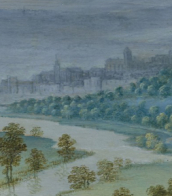
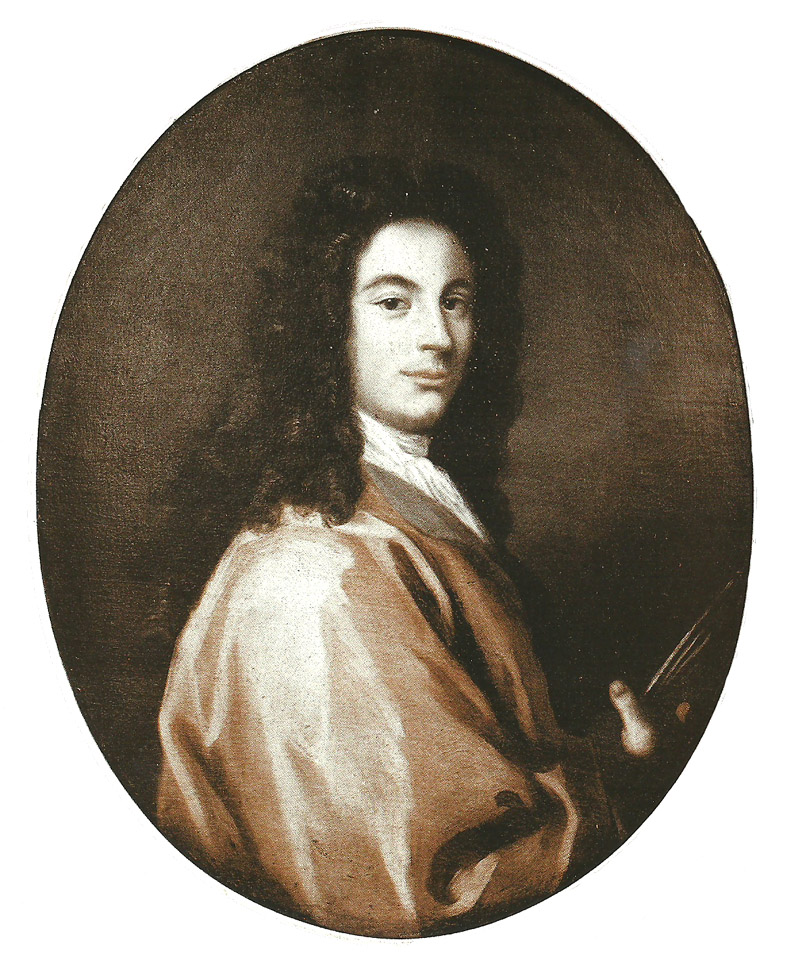
Antonio Balestra, an Italian painter, is celebrated for his contributions to the Baroque art movement. Initially training in his hometown, Balestra's artistic journey took him to Venice and Rome, where he honed his skills and absorbed diverse artistic influences. By 1694, his talents were recognized with a prestigious award from the Accademia di San Luca in Rome, underscoring his growing reputation.
Antonio Balestra's works, characterized by their adherence to classical artistic standards, are found in various Italian cities, including Venice, Bologna, and Verona. He was known for his religious paintings, such as "The Miracle of Saint Nicholas" and "The Annunciation," as well as his contributions to church decorations and altarpieces.
Despite his traditional approach, Antonio Balestra's legacy is cemented in the art world, with works displayed in notable museums and his influence extending to pupils and subsequent generations of artists. His devotion to the established norms of academic painting reflected a broader dialogue within the art community about innovation versus tradition during his time.
For art collectors and enthusiasts, Antonio Balestra's works offer a glimpse into the Baroque era's rich artistic heritage, showcasing a blend of devout religiosity and meticulous craftsmanship. To stay informed about Antonio Balestra's art and related auction events, consider subscribing to updates, ensuring you remain connected to the enduring appeal of his artistic legacy.

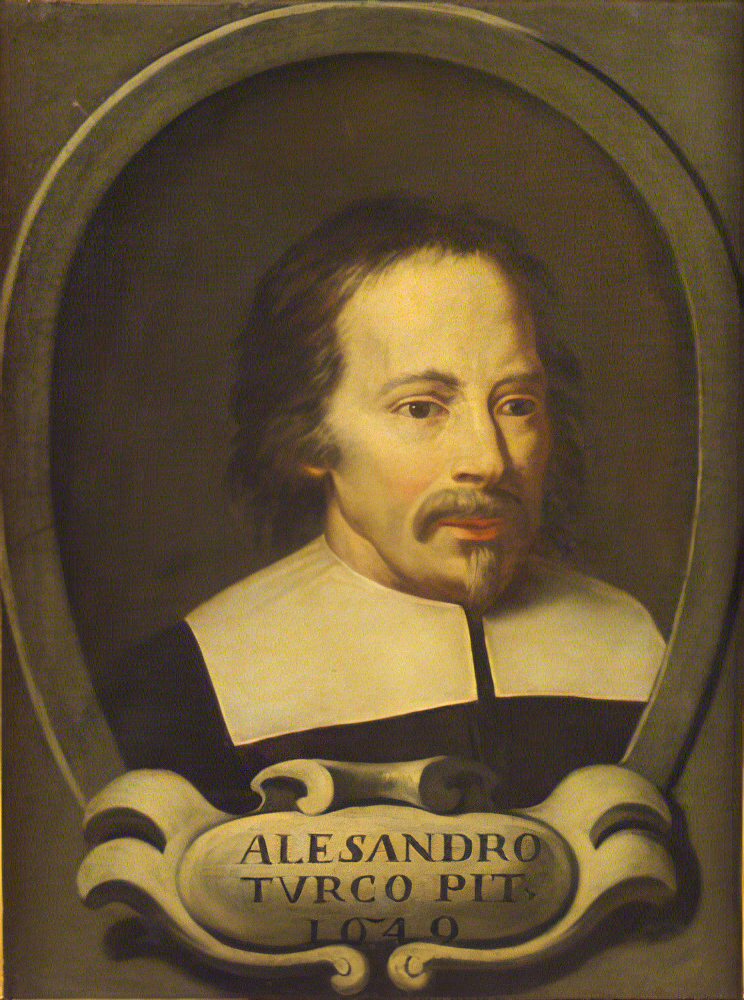
Alessandro Turchi was an Italian painter of the early Baroque, born and active mainly in Verona, and moving late in life to Rome. He also went by the name Alessandro Veronese or the nickname L'Orbetto. His style has been described as soft and Caravaggesque at the same time.
